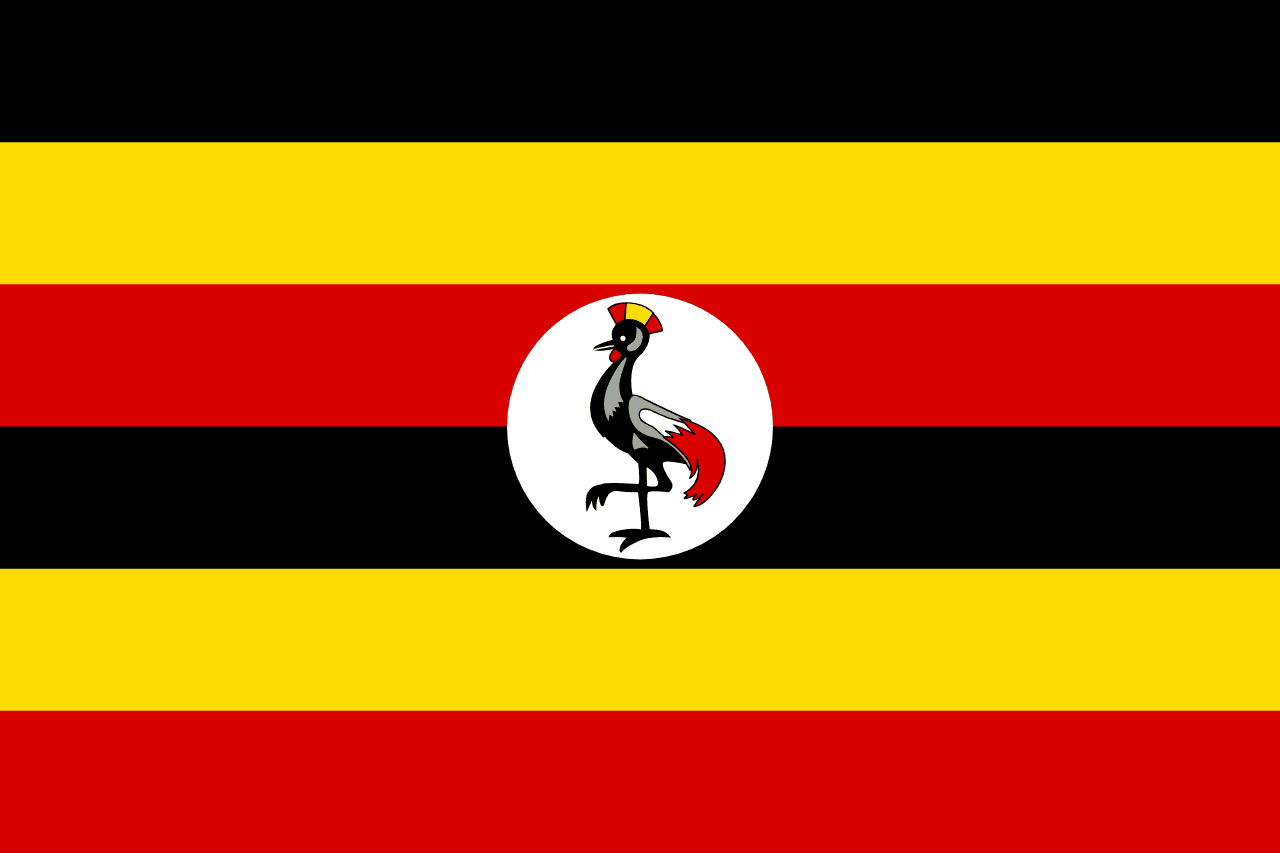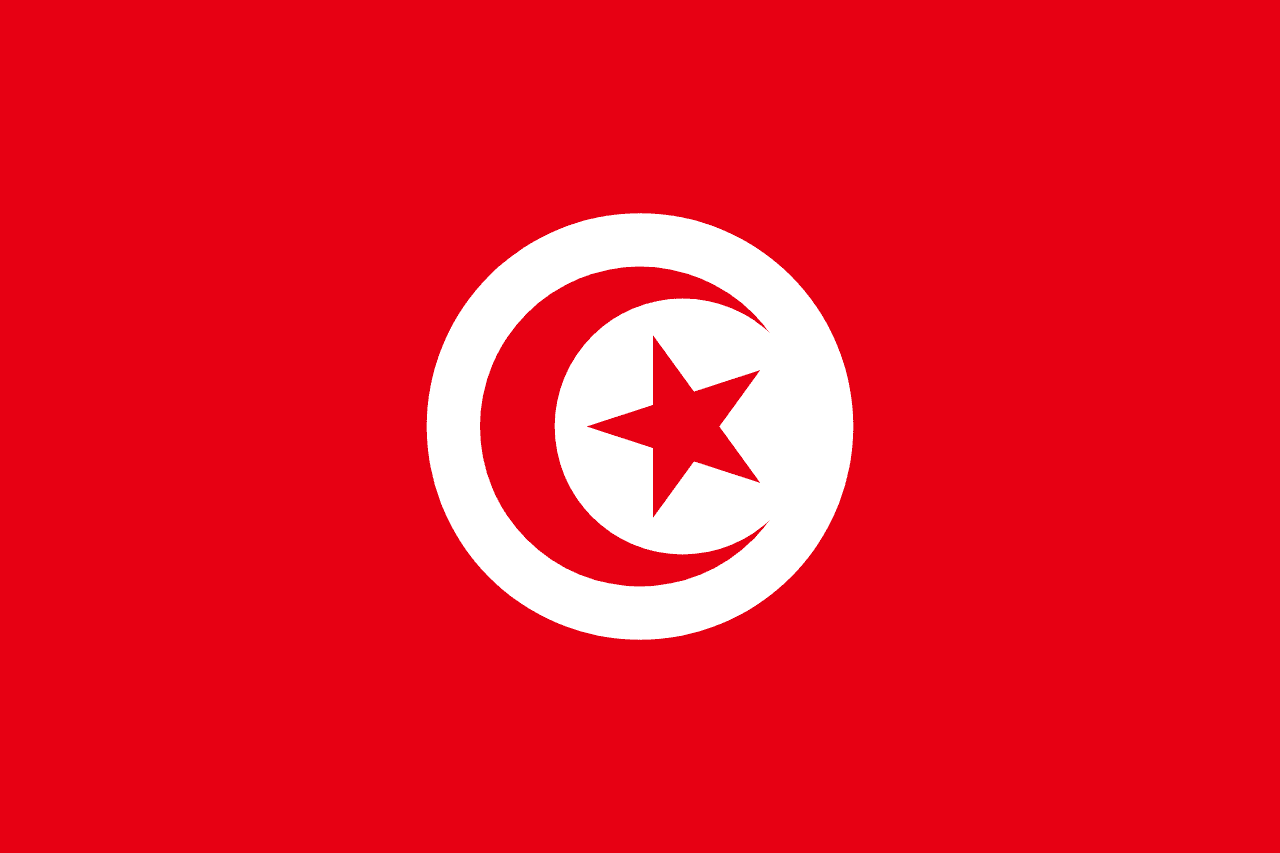La bandera de Turkmenistán presenta un diseño complejo y simbólico que consiste en un campo verde con una franja vertical roja cerca del lado del asta, que contiene cinco guls de alfombra (patrones tradicionales). A la derecha de la franja hay una media luna blanca y cinco estrellas blancas. Este intrincado diseño refleja la rica herencia cultural de Turkmenistán, las tradiciones islámicas y la identidad nacional, con el campo verde simbolizando el Islam, la religión predominante en Turkmenistán, y también representando la vegetación exuberante y la riqueza agrícola del país.
Información sobre Turkmenistán
| Día Nacional de la Bandera | 19 de febrero |
| Estado soberano | Sí |
| Nombre oficial | Turkmenistán |
| Capital | Asjabad |
| Población | 5,662,441 |
| Área | 491,210 km² |
| Moneda | Manat de Turkmenistán (TMT) |
| Idioma | Turcomano |
| Continente | Asia |
| Región | Asia Central |
| Subregión | Asia Central |
| Fronteras | Afganistán, Irán, Kazajistán, Uzbekistán |
| Zona horaria | Hora de Turkmenistán (TMT) UTC+5 |
| Código de llamada | +993 |
| Dominio de nivel superior | .tm |
Historia de la bandera de Turkmenistán
 La bandera actual de Turkmenistán fue adoptada oficialmente el 19 de febrero de 1992, poco después de que el país obtuviera la independencia de la Unión Soviética en 1991. El diseño de la bandera fue parte de un esfuerzo más amplio para establecer una identidad nacional distinta y alejarse del simbolismo soviético. Fue creada para representar la herencia cultural de Turkmenistán, las tradiciones islámicas y las aspiraciones para el futuro.
La bandera actual de Turkmenistán fue adoptada oficialmente el 19 de febrero de 1992, poco después de que el país obtuviera la independencia de la Unión Soviética en 1991. El diseño de la bandera fue parte de un esfuerzo más amplio para establecer una identidad nacional distinta y alejarse del simbolismo soviético. Fue creada para representar la herencia cultural de Turkmenistán, las tradiciones islámicas y las aspiraciones para el futuro.
Simbolismo y diseño de la bandera de Turkmenistán
Cada elemento de la bandera de Turkmenistán tiene un profundo significado simbólico:
- El campo verde simboliza el Islam, la religión predominante en Turkmenistán. También representa la vegetación exuberante y la riqueza agrícola del país.
- La franja vertical roja cerca del lado del asta representa el progreso y la vitalidad del país. También rinde homenaje al color rojo tradicional utilizado en las alfombras turcomanas.
- Los cinco guls de alfombra dentro de la franja roja son emblemas tribales tradicionales turcomanos. Representan las cinco principales tribus o regiones de Turkmenistán: Teke, Yomut, Arsary, Chowdur y Saryk.
- La media luna blanca es un símbolo del Islam y representa la esperanza de un futuro brillante.
- Las cinco estrellas blancas simbolizan las cinco regiones (welayatlar) de Turkmenistán. También representan las cinco virtudes tradicionales del pueblo turcomano: hospitalidad, justicia, coraje, sabiduría y precaución.
Uso y significado de la bandera de Turkmenistán
 La bandera de Turkmenistán es un poderoso símbolo de identidad y orgullo nacional. Se exhibe prominentemente en edificios gubernamentales, escuelas y durante celebraciones nacionales como el Día de la Independencia (27 de septiembre) y el Día de la Neutralidad (12 de diciembre). La bandera sirve como un emblema unificador, recordando a los ciudadanos turcomanos su historia compartida, herencia cultural y aspiraciones colectivas para el futuro.
La bandera de Turkmenistán es un poderoso símbolo de identidad y orgullo nacional. Se exhibe prominentemente en edificios gubernamentales, escuelas y durante celebraciones nacionales como el Día de la Independencia (27 de septiembre) y el Día de la Neutralidad (12 de diciembre). La bandera sirve como un emblema unificador, recordando a los ciudadanos turcomanos su historia compartida, herencia cultural y aspiraciones colectivas para el futuro.
En contextos internacionales, la bandera de Turkmenistán representa al país en eventos diplomáticos, reuniones de las Naciones Unidas y competiciones deportivas globales. Encapsula la soberanía de Turkmenistán y su posición única como nación de Asia Central con un rico tapiz cultural.
Datos interesantes sobre la bandera de Turkmenistán
- Turkmenistán es conocido por sus exquisitas alfombras, y la inclusión de guls de alfombra en la bandera nacional es una característica única entre las banderas del mundo.
- El diseño de la bandera ha sufrido modificaciones menores desde su adopción, con el cambio más reciente en 2001 ajustando el tamaño y la posición de la media luna y las estrellas.
- La bandera de Turkmenistán es una de las banderas nacionales más complejas, incorporando patrones tradicionales intrincados en su diseño.
- El país tiene leyes estrictas sobre el uso y tratamiento de la bandera nacional, reflejando su importancia en la sociedad turcomana.
- Turkmenistán celebra el Día Nacional de la Bandera el 19 de febrero, conmemorando la fecha de adopción de la bandera.





